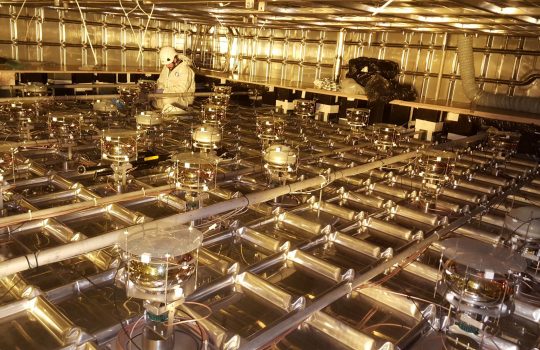Johannes Gutenberg-Universität Mainz und US-amerikanisches Forschungszentrum Fermilab planen gemeinsame Berufung
- Deep Underground Neutrino Experiment
- DUNE
- Germany
- international engagement
- Johannes Gutenberg University Mainz
- neutrino
From Eifel Zeitung, Sept. 5, 2019: Das nächste große Neutrinoexperiment DUNE am Fermilab in Chicago wollen sie maßgeblich mitgestalten und sind dabei nun einen wichtigen Schritt vorangekommen: Verantwortliche von Johannes Gutenberg-Universität Mainz und Fermilab haben eine Vereinbarung zur gemeinsamen Berufung einer international renommierten Forscherpersönlichkeit unterzeichnet.


